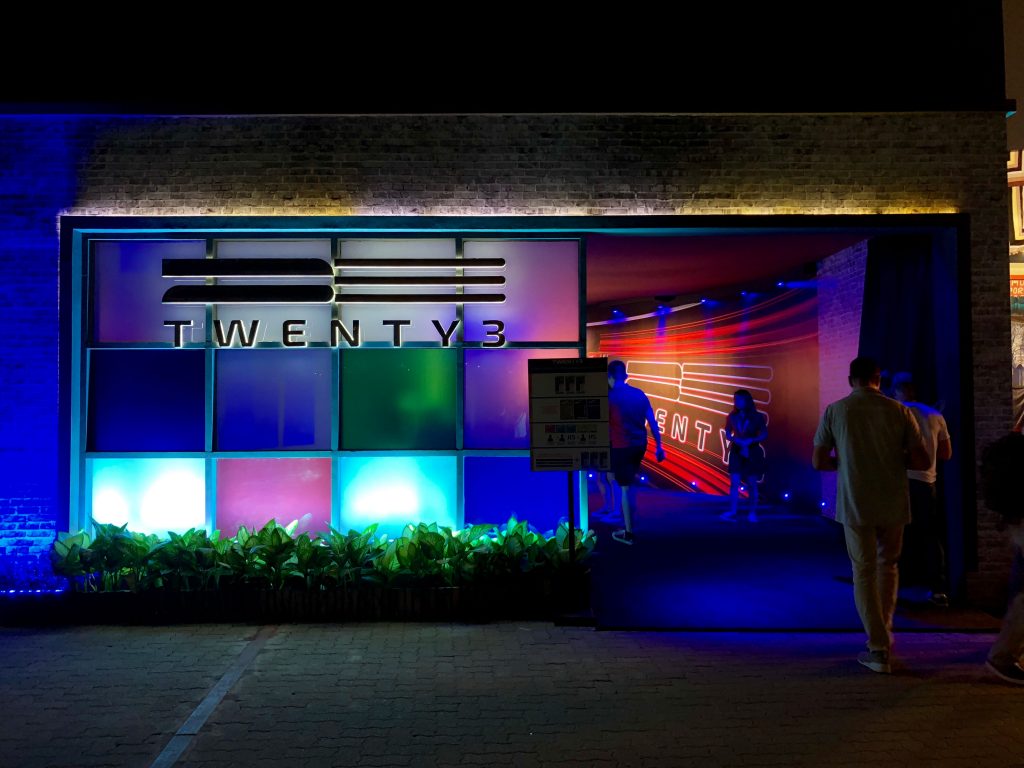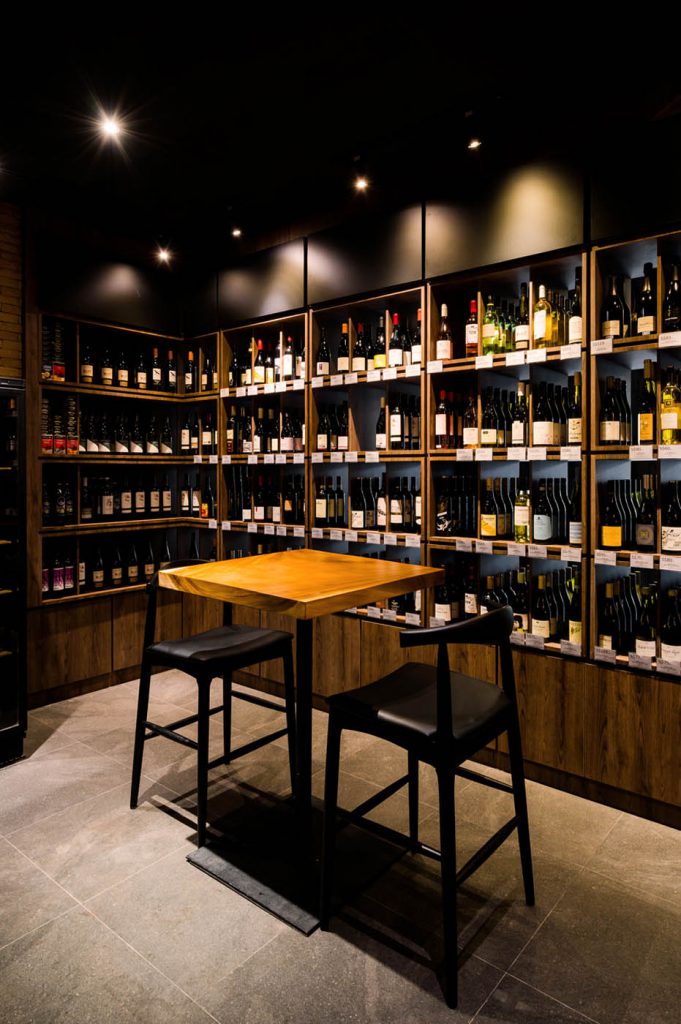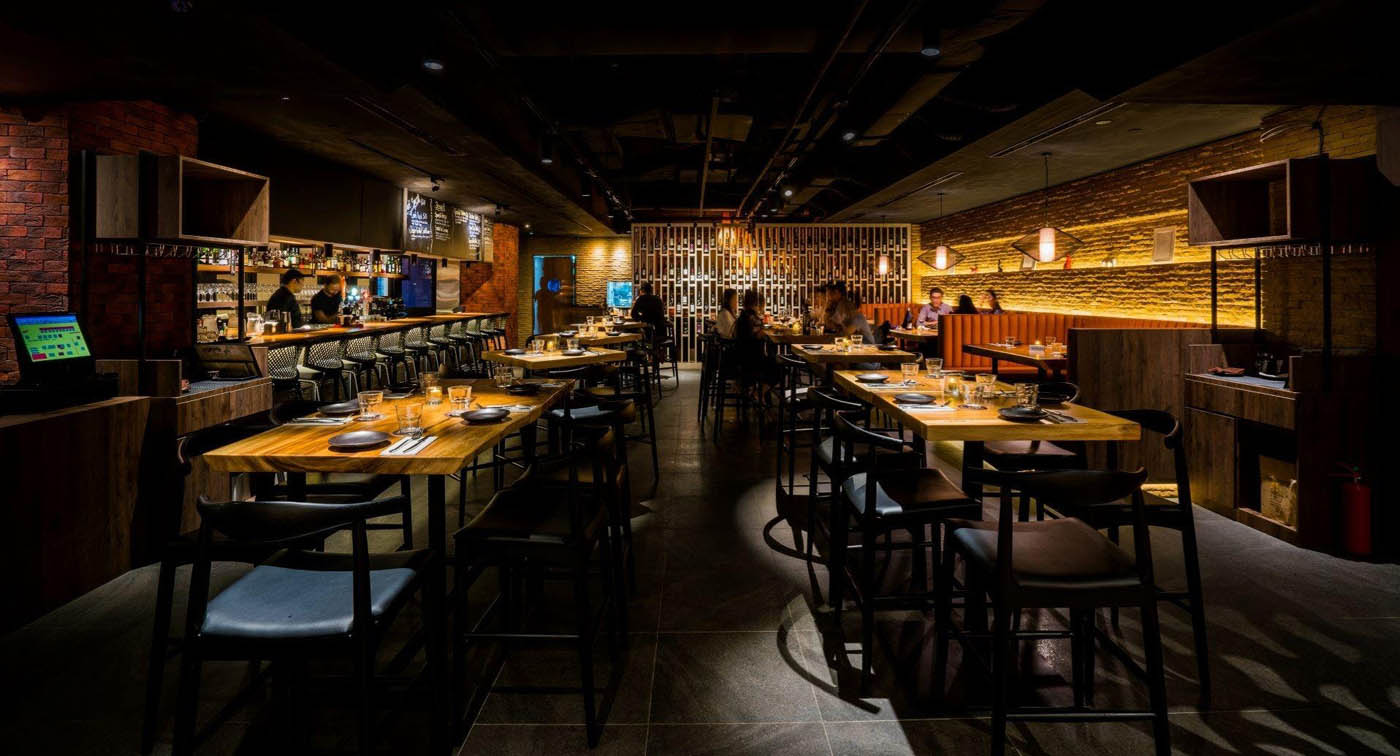Interior design is all about merging functionality with beauty. But according to the type (retail, spa, hotel, residential etc), interior design is also about influencing the emotions and behaviours of those who enter that space.
When it comes to retail interior design, thought should be placed into the psychology of it as it will dictate customer behaviour, which directly affects sales. For example, over 50% of shoppers make the decision to NOT return to a store if they do not like the way it looks; 60%-90% of customers’ first impressions are dependant on the colour palette of the store; over 90% of purchasing decision is made based on visual impression.
With all these statistics in mind, what are the more important factors when it comes to retail interior design that you should have in mind that will provide customers with a pleasant shopping experience and effectively boost your sales?
Making use of colours

In psychology, it has been found that certain colour evoke certain emotions in people, and particular groups of people respond a certain way to certain colours. While this is the general rule of thumb, it cannot be ascertained for 100% of the population.
Typically, in retail and commercial spaces, the following colour ‘rules’ hold true:
- To target female customers, opt for purple, blue or green. Conversely, to capture male customers’ attention, you will find it is more effective to use green, blue and black, but stay away from purple or orange.
- Bright colours are more attractive to young shoppers while subtle tones are more accepting to older shoppers.
- To stimulate impulse buying, the colours black, red, orange and deep blue are advised to be used in the display.
Window displays
One of the first thing shoppers notice even before entering a store is its window display. Every item and colour palette that features in that display will automatically tell your customer what your store has to offer and the story behind your brand.
For high-end retail stores, the main focus should be on creating more space as space conveys the idea of luxury. Display only 2-3 pieces of items at a time to highlight its significance and worth. Think about the display windows at luxury brands such as Chanel, Gucci, The Hour Glass and Cartier, and you will get the idea.
The important “decompression zone”
This is the term given to that 15-feet of space inside the store closest to the entrance. This space is a “transitional” zone of sorts where customers are entering or exiting your store, separate from the area outside.
The “decompression zone” is where customers critically assess firstly, the aesthetics of the store on the whole, and then your brand and products. You want customers to form a positive impression of your store while in this decompression zone so that they will continue browsing. One of the biggest missteps that retail owners make is to clutter this decompression zone with their sale items and popular items. As customers’ psyche are busy adjusting to the change of scenery from the space outside into your store, they will most likely ignore any signs or products that are displayed here.
Therefore, you should focus on creating an experience for customers at this 15-feet of decompression space instead of pushing your products on them.
Provide direction & space
Consumer psychology plays a pivotal role in retail interior design. It has been researched that most people choose to turn right and then continue on an anti-clockwise direction when it comes to following a pathway when inside a store. With this in mind, your display should follow this natural progression too. For example, the first right turn that they take should feature a key product or products with the boldest display taking a central position.
Have your important products evenly placed at various locations within the store to encourage shoppers to spend as much time as possible there while also providing maximum exposure of your less popular items. It is also crucial that you pay attention to how spacious your aisles are as people are generally turned off by cramped areas.
Eyes first
Utilizing the same principle that is used in Japanese gardens, create fun, exciting discovery spaces in your store to entice customers to browse more. This can be done through the use of different flooring and wall textures as well as colours that attract shoppers visually. Once the eyes have captured something interesting, the rest of the person will follow, offering an interesting experience for the shopper.
Shelf height
Another consumer psychology research study has shown that people generally regard products that are displayed on lower shelves as being of lower value as compared to those on shelves that are at eye level. This is why it is important to consider the height of the shelves in your store and have them placed within reach.


